Raijintek Styx Case Review: Simplicity Par Excellence
Final Thoughts
Just like how the laws of classical Newtonian physics begins to break down and no longer hold true as it approaches the topic of sub-atomic particles, compact enclosures have a different set of rules independent of typical ATX tower cases. Smaller system builds used to mean that room for upgrading is minimal and cooling options were even less so, but this is beginning to change with many users asking for a compact solution that fits in between. Although this middle ground between the two has been ventured, it is a wide gap to cross, leaving room for plenty of interpretation on what components should be supported and what traditionally compact features are worth keeping. Manufacturer Raijintek has already explored what is possible with an ITX build with their Metis case, and keeping that simple but elegant approach to the micro-ATX Styx case, Raijintek has another winner in their hands.
Raijintek’s build quality typically favours value over everything else but the Styx, just like the Metis, is significantly more impressive with its aluminum build compared to their other cases. Even the matte white version reviewed here, which is the only color option that does not feature the brushed aluminum look, still looks and feels objectively better than even most compact cases in its price range. The only plastic parts were the fan, the acrylic side window and the top mesh filter; And even that is enveloped in a hefty 0.5mm steel mesh, so there is no chance of snapping it. To keep the price competitive of course, the rest of the internals were made of steel but it is hardly a deal breaker for the price, currently only $82.99 at NewEgg.com.
As with all compact cases however, it is not without its faults. The cable management support in particular is its more obvious weakness. Not just because there is only 15mm clearance behind the motherboard tray (could easily trade 10mm less CPU height clearance for this), but because routing the 8-pin EPS12V cable on an upside down micro-ATX layout is extra difficult if there is not enough room to pass it through. Although there is a routing hole there, the motherboard blocks half of it once mounted, rendering cable pass-through close to impossible even with slim cables. A little more millimetres of room would have improved installation significantly, even at the cost of less radiator clearance at the top. The bottom part of the motherboard does not really have anything that protrudes such as a VRM heatsink so the radiator+fan installed can actually encroach a bit on that area without an issue (as long as all the headers that need to be plugged in are connected beforehand). A larger backplate cut-out in lieu of the other 2.5″ drive mount would be much more preferable as well. On large ATX cases where it is easy to swap motherboards in and out, backplate cutouts are not that necessary but on compact cases such as the Styx, it saves a lot of time having the ability to install the CPU cooler conveniently without taking out the motherboard. As it is, the backplate cutout provided is only suitable for mini-ITX motherboards, but not too serviceable for micro-ATX use.
The Raijintek Styx’ strength lies in its simplicity and despite some shortcomings, it is a wonderfully constructed case at an impressive price. Due to its rivet-less design, the Raijintek Co. Ltd. Styx is also a modders dream and is easily customizable. Even graphics cards longer than the official 280mm clearance is supported (although highly conditional). Even the largest CPU air coolers up to 180mm tall and 240mm radiator water-coolers can fit comfortably. For those who prefer one without a window, the “classic” version is also available with solid panels. On top of the color variety, the Raijintek Styx has proven to be one of the best micro-ATX cases currently out there.
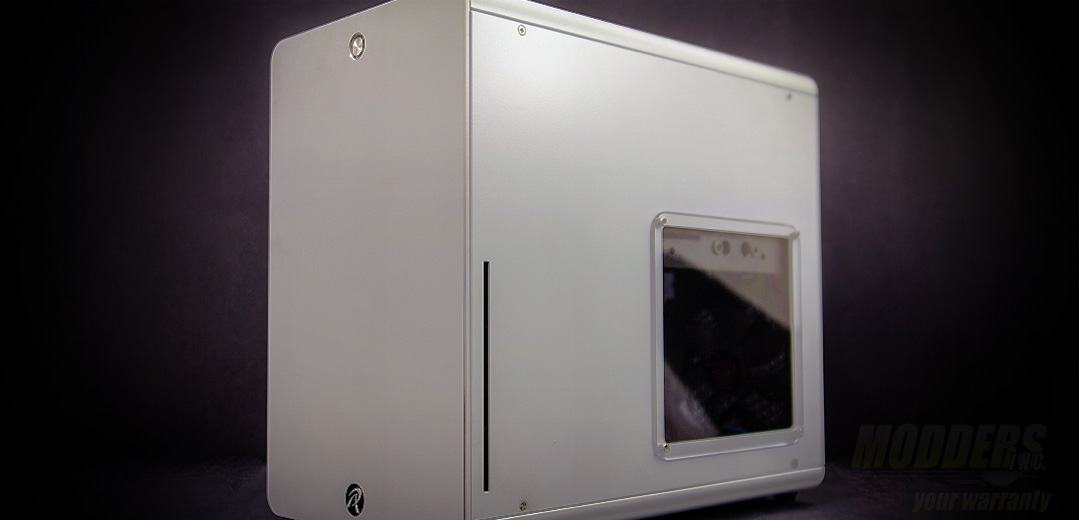

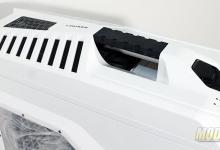




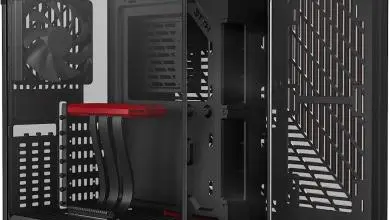
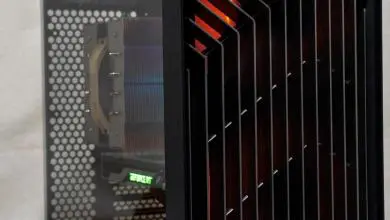
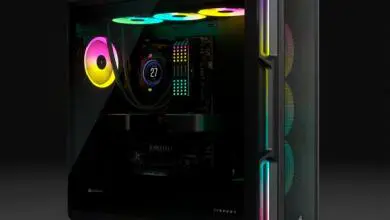

Hi!
How are things going with a 160mm deep modular PSU in regards with the GPU clearance?
Compatibility will depend on the model of the modular PSU because of the placement of the connectors. The Cooler Master Hybrid for example had the 24-pin and PCIE at the bottom row so it will be obscured with cards longer than 250mm, but some modular power supplies only have some of the peripherals at the bottom row, but have all the essentials at the top. 160mm is the absolute physical limit without factoring in connectors (just enclosure to card, also not factoring in sag, etc). If the card is long, the tip of it will be sitting partly of the 160mm long PSU. For a 160mm PSU, a non-modular would actually provide better clearance (although a lot more extra cables to cable manage).
Thanks!
I’ve been taking a look at Corsair RMx/RMi series which are 160 mm deep and have the modular connectors similarly placed as the Silverstone PSU you have used, so that leaves about 280mm for the video card.
I wished Rajintek made the case a bit more compatible with 160mm deep modular PSU’s, as there are to few great choices below this size.
Unfortunately I do not have a 650W RM series on hand to verify the clearance but Watercooled.ch used a Thermaltake DPS-G 650W (a 160mm deep PSU as well) on their review and you can see there the clearance on their assembled build photo (link below). The video card they used has a shorter PCB and had a longer heatsink so you can see that the PCB with the sag would actually be touching a 160mm if the PCB was as long as the heatsink: http://www.watercooled.ch/raijintek-styx-case-review/
It is a little bit pricier than ATX, but you can also check out SFX power supplies as they would be the most comfortable as it is only 100mm deep. Although some companies don’t include the SFX to ATX adapter out of the box. I know Corsair doesn’t but Silverstone does. Amazon lists the adapter as worth $20 which is too expensive IMHO. Corsair should start bundling it in their SFX units like Silverstone: https://www.amazon.com/SilverStone-Technology-Universal-Bracket-RL-PP08B/dp/B01BYB33J8